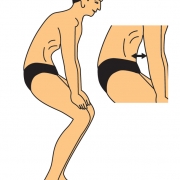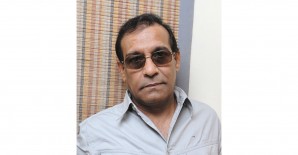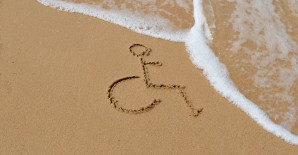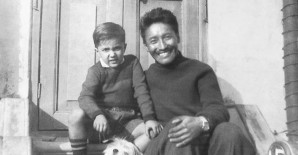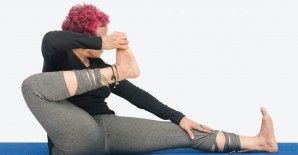
Columns
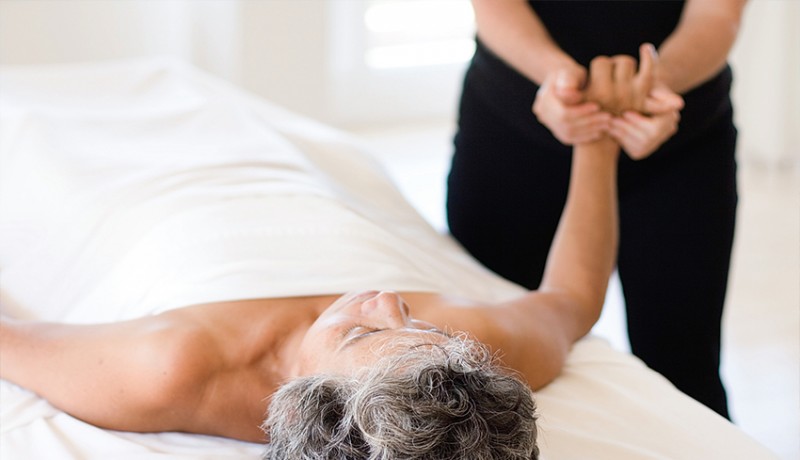
Shameem Akthar explores the link between massage therapy and yoga.
Most Eastern massage therapies believe in manipulating the energy channels to identify or anticipate blockages in the path of energy and ‘melt’ them away so the pathways are clear again. These blocks are believed to cause exhaustion, disease and age-related ailments; removing them helps you combat all these. Depending on the country and their historicity there may be differences in names; otherwise, all share this common view of energy channels that need to be manipulated with awareness. The energy that moves through these is referred to by various names: qi, ki, prana, chi.
Interestingly, yogaic poses are also a form of self-massage because they, too, press down on these energy channels, called nadi. In yoga, there are said to be 72,000 energy channels that run through the body and blockages in them creates a cesspool of disease. These blockages come from our way of thinking, lifestyle and habits.
Yogic poses are so devised to press down on these points, which are referred as marma points in the related sciences of Kalaripayattu (the martial arts from Kerala) and Ayurveda. That explains why they are so awkward to execute and may be done only in the prescribed manner. Deep-tissue massages, including those of Ayurveda, are used to knead the blockages away. Some Eastern massages are, therefore, dry massages and often done with clothes on (as with shiatsu or Thai yoga massage). There is manipulation along the chakra points of the spine too. This kneads the body’s toxins towards the major lymphatic ducts so that even on a physiological level the accumulated debris is being cleared. The body’s lymphatic drainage system does not have its own pumping mechanism; it needs movement to activate it. In a passive massage, the masseur facilitates this pumping action by knowing which ‘knobs’ (massage points) to turn.
This may explain the sense of deep relaxation that follows such massages. It also explains why people are encouraged to drink a lot of fluids after these massages or have a herbal/detoxifying tea to further help flush the debris out.
Yogic moves
Metabolic fire cleansing practice (agnisara kriya)
This practice is said to have a similar impact as hara shiatsu (the abdominal massage in shiatsu). The latter is an intense kneading massage used to clear toxins, remove water retention and promote digestion. It works on the solar plexus chakra/manipura in yoga. In shiatsu, it is done by a masseur and can be a long and deeply relaxing massage. In yoga, it is done daily, the first thing in the morning before you even drink or eat anything, immediately after brushing your teeth. It may be also done in the evenings when the stomach is empty.
You can do this practice standing or seated. Breathe in and out deeply. After exhalation, draw the stomach muscles in deeply and begin to pump them in and out intensely. You can continue breathing but most of us naturally hold the breath while manipulating the stomach. The body should cave in at the shoulders and abdomen to facilitate this movement. Ensure the rest of the body is not jerking. Do 30 to 60 pumps, gradually increasing the intensity and number over a few weeks, and with regular practice. Benefits: This practice is believed to prevent all diseases and help control many, including chronic ones like hypertension, respiratory problems, migraines, insomnia and diabetes. It is also used to control psychosomatic problems, including depression. It is said to power the mind by both relaxing and stimulating it and keep you younger mentally and physically.
Ishavasya Upanishad
When I first read the Ishavasya Upanishad (also known as Isha), I had already learnt the stunning verse, Om poornam-adah poornam-idah poornaaat poornam-udachyate, Om poornaasya poornam-aadaaya poornam-evaa vashishyate, and fortuitously stumbled upon the definition of zero by Leonardo da Vinci—thus seeing the amazing concurrence between two great minds, centuries and countries apart, saying much the same thing. The author of Isha Upanishad was describing the idea of the great void, while the scientist-artist was discussing the idea of zero.
In a manner of speaking it was the bindu being discussed. Da Vinci was saying that when you add or subtract anything to the number zero it adds value to what is being added, but zero in itself remains unchanged. The Isha Upanishad was saying the same thing about Brahman. So, this idea of jnana yoga in the Isha Upanishad is a mind-blowing and explosive experience. It is said to be among the shortest of the Upanishad but regarded as a primary one. Mahatma Gandhi is supposed to have eulogised that this one treatise contains the entire exposition of Indian philosophy. Indeed, every part of this beautiful journey into the yogic way of experiencing cosmic energy is enthralling. The taut injunctions in this Upanishad suggest the manner of thinking and being that sublimates the mundane into a cosmic experience. It is shorn of the esoteric or abstruse language of some texts and has an immediacy of experience that conveys its teaching most effectively.
Shameem Akthar is a Mumbai-based yoga acharya. If you have any queries for her, mail us or email at contact.us@harmonyindia.org. (Please consult your physician before following the advice given here)
Photograph by iStock Featured in Harmony — Celebrate Age Magazine November 2016
you may also like to read
-
Mental workout
Mukul Sharma tells you how to keep those grey cells ticking Everyone will ultimately lose his or her brain….
-
Helpline
Dr Harshbir Rana answers your queries on personal and social issues related to ageing, elder care and intergenerational relationships ….
-
Off the cuff
Raju Mukherji pays tribute to his first hero, Tenzing Norgay, an exemplary mountaineer Darjeeling, 1955. Dr ‘Pahari’ Guha Mazumdar….
-
Yoga RX
Shameem Akthar shows ways to control debilitating ankle pain through regular practice Ankle pain is so common and prevalent….



